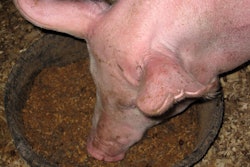
The increasingly endemic pandemic seems to have continued fueling U.S. pet ownership in 2021. In November 2021, 14% of survey respondents said that COVID-19 led to them getting a new pet, growing from 10% in late 2020 and 6% in June 2020. Nevertheless, some pet owners did have to give up their animals because of the pandemic. The American Pet Products Association (APPA) report “COVID-19 Pulse Study: Pet Ownership During the Pandemic” examined these survey results.
Twice as many survey participants said that the pandemic had a positive effect on their pet ownership as negative. However, the influence of the pandemic differed by age and economic groups. Baby boomers’ pet ownership was least affected by the pandemic. Only 5% if that age group got a new pet due to COVID-19, according to the survey. For Generation X, pet ownership grew 13%. The younger demographic groups saw the greatest gains in pet ownership. Millennials increased by 24% and Gen Z by 26%.
Influences on pet ownership during pandemic
Economic and social factors also influenced which people acquired new pets. Families with young children pick up more pets, as did urban households and those earning higher than average incomes.
Pet ownership increase by location
Urban – 20%
Suburban – 11%
Rural – 13%
Among survey respondents with children, 25% got a new pet compared to 9% among those without children. Of pet owners making less that US$50,000 per year, 12% brought new pets into their homes. For those making over US$100,000, that rate grew to 18%, with those earning intermediate incomes as 16%.














